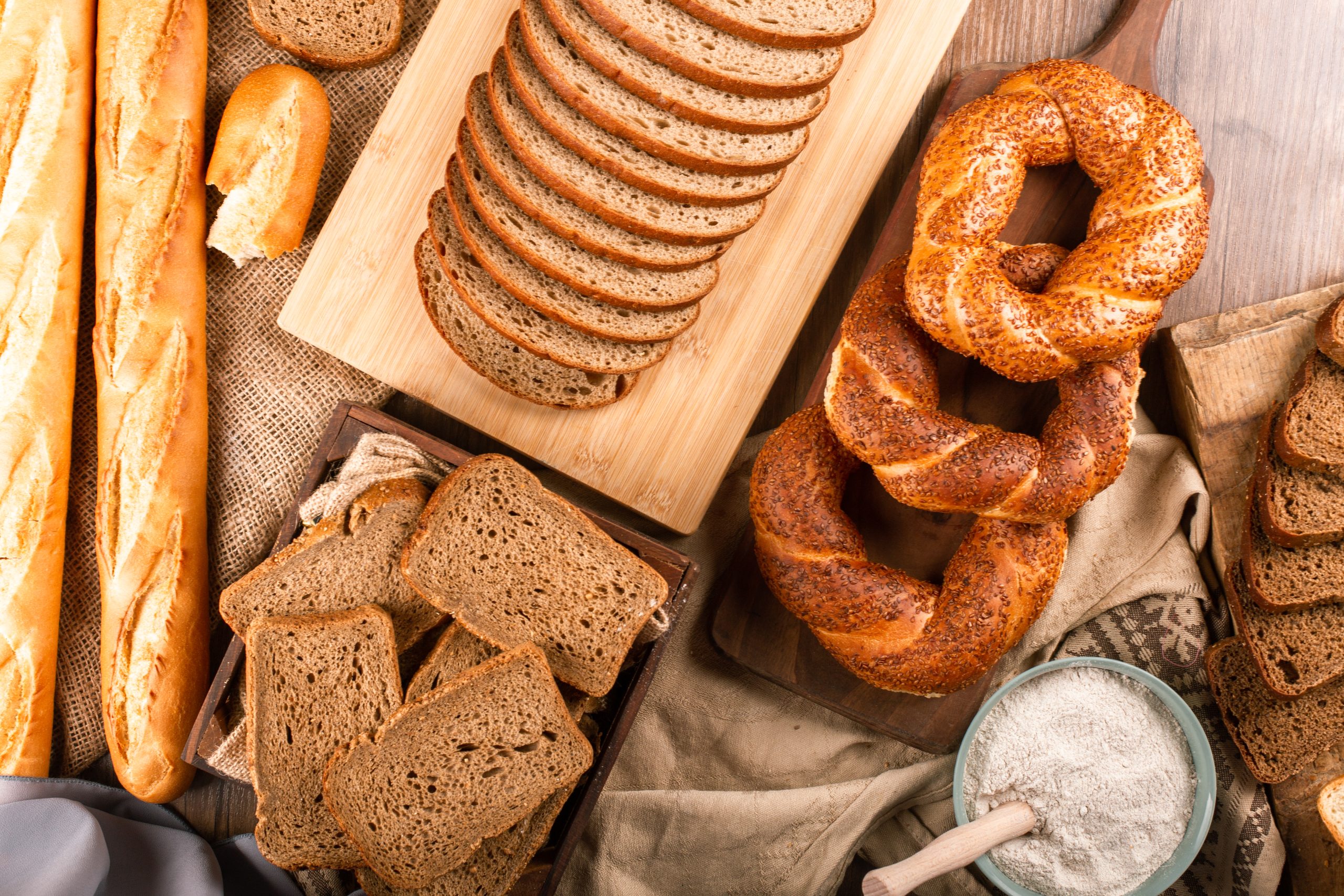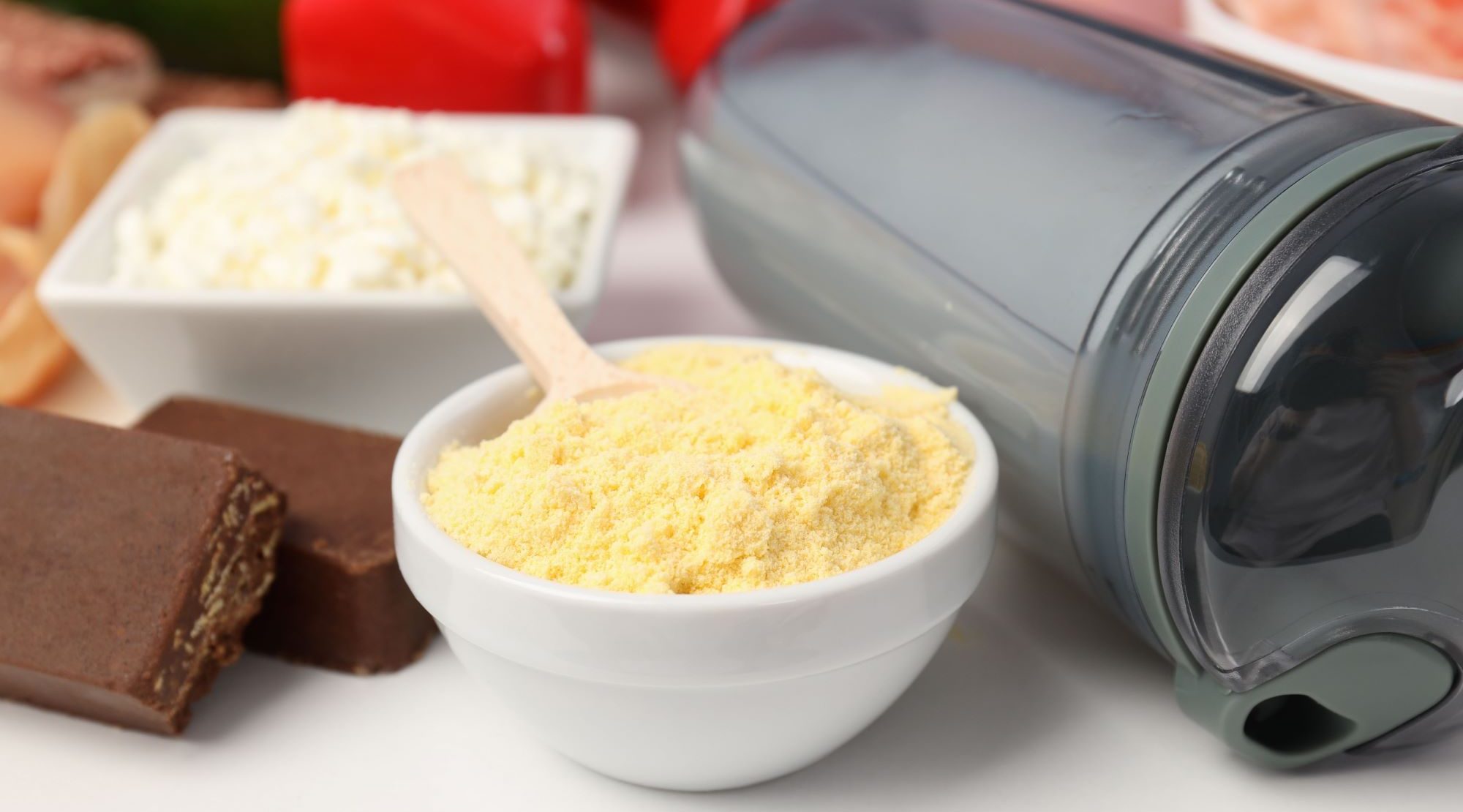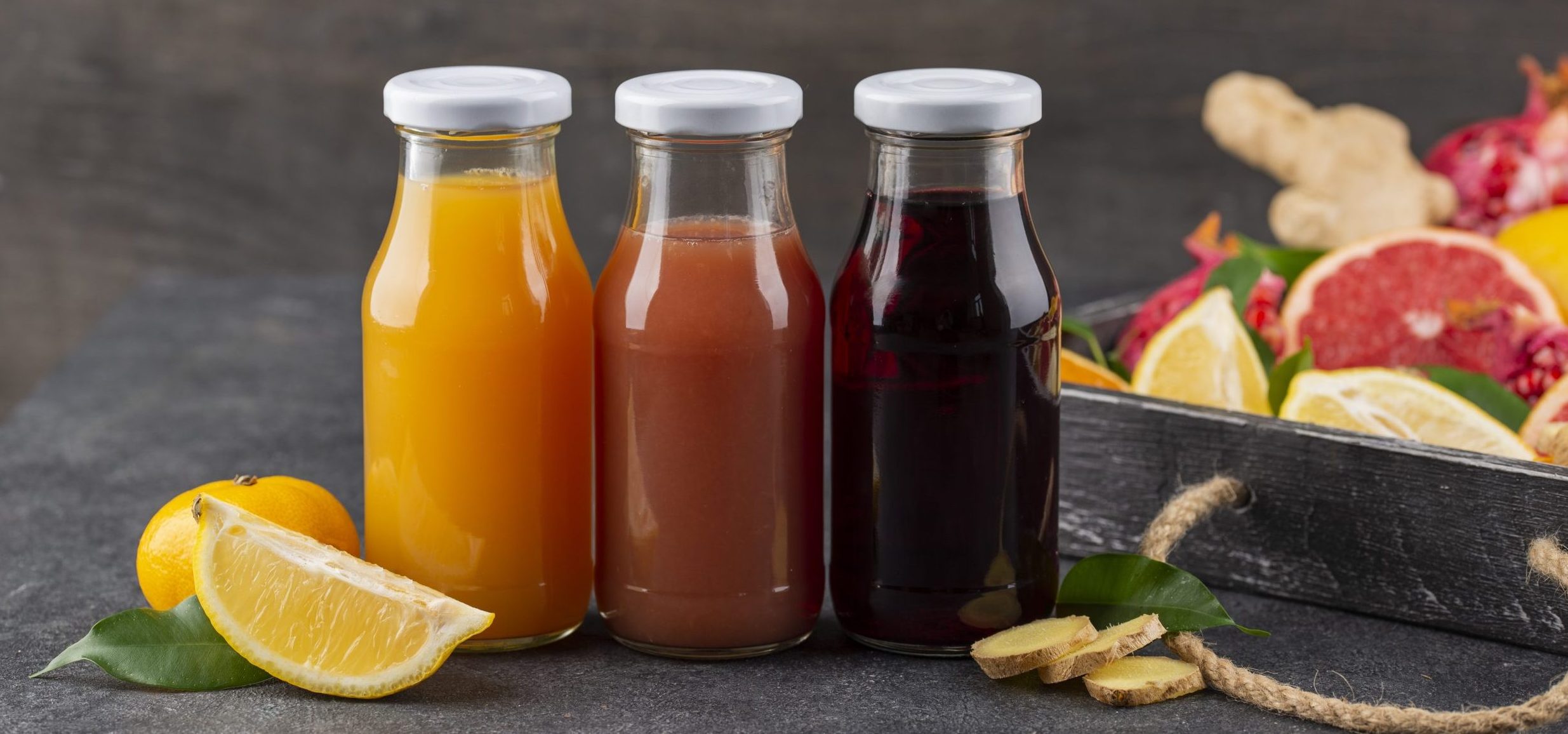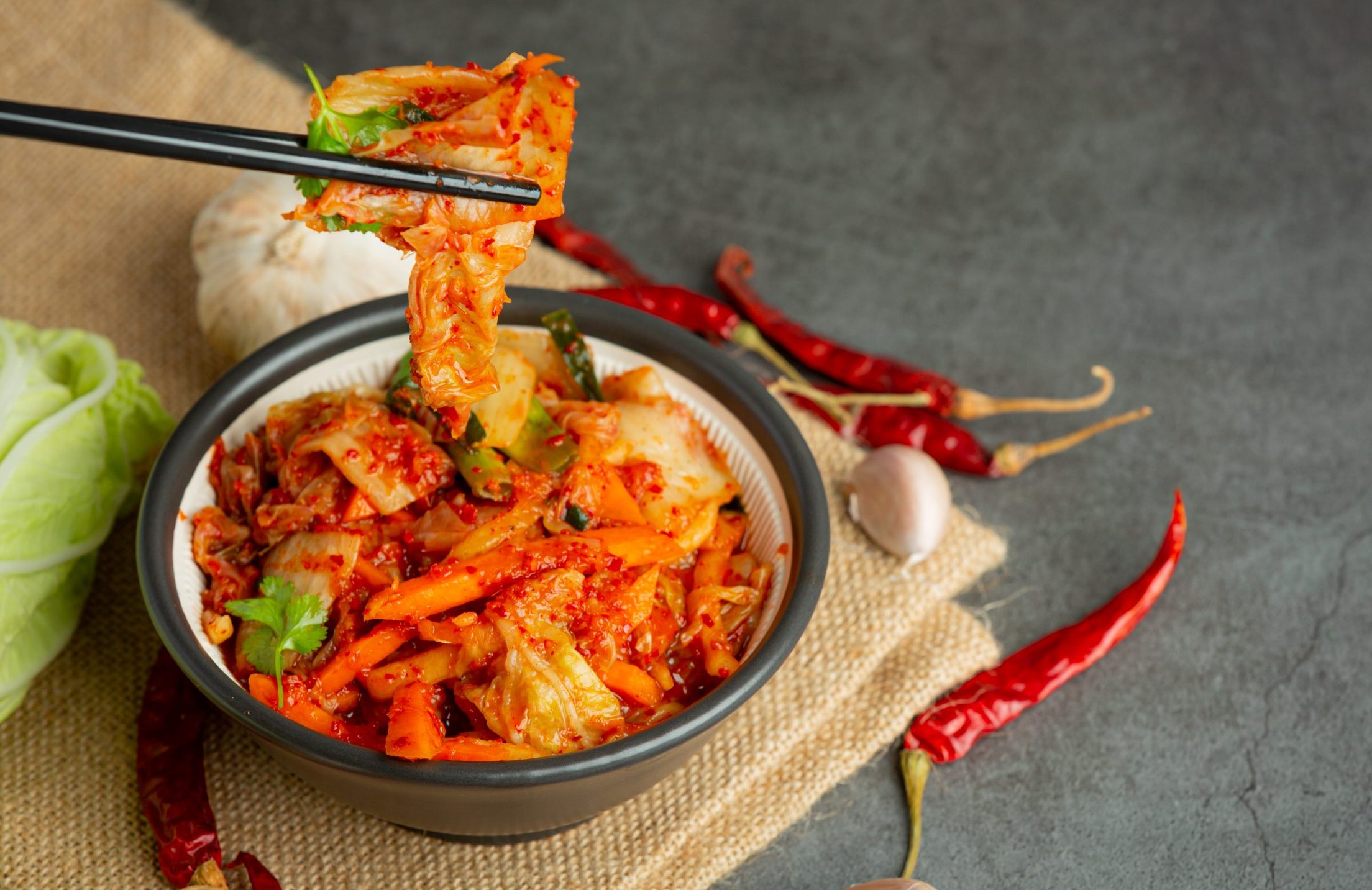If you’re one of those who patiently studies new additions in supermarkets and grocery stores, you would notice that year after year, more snacks, meals and foods are being fortified with protein.
Certain snacks now come in ‘high in protein’ flavors and even some cereals are now ‘enhanced with protein’.
This article takes a brief look at what exactly is protein made off and offers a few insights on what it can do for your body, and we don’t just mean building muscles like Arnie.
Protein, unlike any other nutrient, can be found throughout the entire body – in your hair, skin, muscle, bone, and in almost every other tissue. Protein also facilitates the hemoglobin that transports oxygen in our blood. It might have the same caloric value as carbohydrates, but it does not burn as fast as the latter. Protein enables the production of enzymes, hormones and other vital body chemicals.
So, what exactly is Protein?
Protein is made of small compounds called amino acids. There are hundreds of amino acids that exist in nature, but the selective human body only utilizes 22 of them. The human body, being an incredible system can produce 13 out of the 22 amino acids that it needs. The remaining nine amino acids are called essential amino acids and must be consumed through food.
Essential amino acids can be sourced from the foods that we consume – containing different combinations of amino acids. Plant-based proteins like beans, grains, nuts, and soy are rich in some amino acids but may be lacking in others. However, animal proteins like meat, dairy, and eggs contain all the essential amino acids, thus, a balanced diet is key to having sufficient amounts of amino acids in your system.
What does protein do?
Protein is vital to the human body as designer purses are to the Kardashians. It is the main building block of the human body as its principal function is to build and maintain tissue. Just like building bricks of a multi-floor house, human growth periods like infancy, childhood, and pregnancy, require more protein. Protein requirements are also increased for the following people:
- People with injuries
- People who have undergone surgery
- Active people who are consistently breaking down muscle during exercise or during strenuous activities
The human body breaks down protein to fuel muscle mass, which directly affects the body’s metabolic rate. It can also strengthen the immune system and promotes satiety so that you do not over-eat. This premise has been solidified by studies that proved steady protein consumption may aid in weight loss. A 2014 study published in the Journal of Nutrition compared afternoon snacks of high-protein yogurt, high-fat crackers and high-fat chocolate. Among the women who participated in the study, ones that consumed the yogurt on a daily basis led to greater reductions in afternoon hunger versus the chocolate. These women also ate less at dinner compared to the women who snacked on crackers and chocolate.
Exactly how much protein does the human body need?
Here’s where some numbers come in. According to the Recommended Dietary Allowance (RDA) for protein, the rule of thumb is 0.8 grams of protein per kilogram of body weight per day. Do note that the RDA is the minimum amount of protein needed for meeting nutritional requirements, not the maximum.
A 6-foot, 250-pound man who lifts weights five times a week would absorb and utilize more protein than a 5’4-foot male who is bound to a desk job and doesn’t exercise. Hight Intensity Interval Training individuals need 1.2 to 1.4 grams of protein per kilogram of body weight. Strength training or power athletes require 1.2 to 1.7 grams per kilogram of body weight. The more physically active a person is, the more protein they ought to consume.
The entire amount of protein consumed by a person in a day is merely as significant as how the intake is spread out over the day. Most people would generally consume only a small amount of protein during breakfast, a moderate amount during lunch, and followed by large amount at dinner. Quantitatively, a typical day might involve 10 grams of protein or less at breakfast (oats/cereal), 25 grams at lunch (rice / sandwich), 5 grams for a snack (granola bar / nuts), and 40 grams at dinner (meat / poultry / fish).
However, the human body absorbs and uses up only a certain amount protein at one time. Our system uses what it can and the excess becomes waste. So, it is best for people to spread the total consumption of protein over three or four meals at 15-20 grams each as oppose to having 60 grams of protein in one meal.
High-protein Foods
Fortunately for us humans, there are a whole bunch of foods that contain high levels of protein. This includes:
Meats:
- Top or bottom round steak (23 grams of protein per 3-ounce serving)
- Lean ground beef (18 grams per 3-ounce serving)
- Pork chops (26 grams per 3-ounce serving)
- Skinless chicken breast (24 grams per 3-ounce serving)
- Turkey breast (24 grams per 3-ounce serving)
- Salmon (23 grams per 3-ounce serving)
- Tuna (25 grams per 3-ounce serving)
High-protein dairy foods include:
- Greek yogurt (23 grams per 8-ounce serving)
- Cottage cheese (14 grams per half-cup serving)
- Eggs (6 grams per large egg)
- 2 percent milk (8 grams per cup)
For athletes or fitness enthusiasts, there are also protein supplements that aid in protein consumption. These fitness supplements normally contain a combination of protein types along with a formulation of vitamins, added minerals and other ingredients that aid muscle growth or definition, depending on your fitness goals.
Here are some of the common protein types found in sports supplements:
- Whey protein – The best-known protein supplement in the market, whey is the by-product of turning milk into cheese. Whey protein has been proven to encourage lean muscle growth, fat loss and promotes cardiovascular health & a healthy metabolism rate. Whey’s quick absorption rate makes it useful for post-workout recovery. Whey is an inexpensive source of complete protein and comes in a variety & types listed below:
- Whey protein concentrate – Being in a more complete form, why protein concentrate normally contains more proteins and bioactive components that add to its benefits. It is a more suitable form of why protein that can be used in complete meal replacements. It generally contains about 80% of protein along with a small amount of lactose, fat and minerals.
- Whey protein isolate – As the name suggests, is an isolated protein fraction from whey protein concentrate. Containing about 90% or more of protein, whey protein isolate is the purest source of protein. Although it is ‘pure’ many isolates do not have the various benefits of whey protein concentrate as the proteins and bioactive components have already been broken down during processing. You can normally see this ingredient on ‘muscle growth’ supplements that are aimed at body-builders and gym goers.
- Whey protein hydrolysate – Is a predigested form of protein that makes it easier for your body to absorb as the long chains of amino acids that are normally found in isolates or concentrates have already been broken down into single amino acids. It is thought to enable faster absorption rates and release of amino acids into the blood stream. This in turn may lead to a slightly better muscle protein synthesis when taken after exercise. Like isolate, whey protein hydrolysate is not in its complete form, hence there is less support for the immune system and other benefits gained from whey protein concentrate.
- Casein Protein – Casein is made using a separation process applied to liquid milk that isolates the milk protein from the carbohydrates and fats. Casein protein offers similar benefits to its whey protein counterpart but with a different release process. Research has found that Casein is an optimal protein choice before bed as it digests over a longer period of time, making it easier for the body to absorb.
- Egg protein as the name suggests comes from eggs. It is a complete protein made by separating out the yolks and dehydrating the egg whites. Aside from just protein, egg protein powders are rich in vitamins and minerals that can contribute to a healthy diet.
- Soy protein – Soy beans are one of the few plant protein sources that offer all of the essential amino acids. The protein found in soy beans is isolated after the beans have been hulled and dried into soy flour. Protein from soy beans may help improve the body’s immune function and promotes bone health. Soy may also help prevent cardiovascular disease and reduce the risk of certain cancers.
- Pea protein –Pea protein comes from the yellow split pea which makes it suitable for vegetarians and vegans alike. Although pea protein is often considered complete for containing the spectrum of essential amino acids, it also is deficient in certain amino acids and should not be used as a primary source of dietary protein.
Try to include a healthy amount of protein into your diet the next time you’re walking down the aisle of your favorite grocery store. As most things in life, too much of a good thing could also mean a bad thing. There has been no concrete studies done of the consumption & effects of excess protein but it is always good to keep your diet balanced, which means the inclusion of carbs (they’re not all evil), fiber for digestion and protein to build & maintain tissue.
Protein Trivia
- The word ‘protein’ originates from the Greek work ‘proteios’ which means ‘primary’ or ‘holding the first place’. The first mention of protein goes all the way back to 1883.
- There are about 10,000 different types of proteins
- For natural protein snacks, try some lentils as they are high in protein and fiber
- Foods high in protein has a low effect on blood glucose levels, meaning a high-protein diet could help prevent spikes in blood glucose levels. Try to consume slightly less carbs & higher protein during lunch breaks so you don’t return to work feeling all drowsy
- Certain amino acids within protein-rich foods are required to balance hormones & in turn your mood. It could act as a natural remedy for anxiety.
- Protein also helps the liver synthesize glutathione, a substance that is high in antioxidants which could slow aging and also promotes longevity.
Optimum Nutrition by Glanbia provides active adults around the world with a comprehensive line of powdered, bar, tablet, capsule and ready to drink protein supplement products. In addition to making Gold Standard 100% Whey, the worlds’ best-selling whey protein, ON created the slowly digesting protein category with Gold Standard 100% Casein. ON also created the energy category, which remains dominated by Essential Amino Energy. Visit www.bigboxasia.com to browse the perfect protein supplement for you.
References:
- Sleator RD. (2012). “Prediction of protein functions”. Methods in Molecular Biology. Methods in Molecular Biology.
- Reynolds JA, Tanford C (2003). Nature’s Robots: A History of Proteins (Oxford Paperbacks). New York, New York: Oxford University Press.
- “Protein.” The Nutrition Source. N.p., 27 Feb. 2017. Web. 20 Apr. 2007.
- “Good Protein Sources.” WebMD. WebMD, n.d. Web. 12 Mar. 2014.
- Wu, Linfeng; Candille, Sophie I.; Choi, Yoonha; Xie, Dan; Jiang, Lihua; Li-Pook-Than, Jennifer; Tang, Hua; Snyder, Michael. “Variation and genetic control of protein abundance in humans”
- (2017, January 30). The Ultimate List Of 40 High-Protein Foods! Retrieved March 20, 2017, from https://www.bodybuilding.com/content/ultimate-list-40-high-protein-foods.html
- Ware, M. (2016, May 16). What is Protein? Which Foods Contain Protein? Retrieved March 20, 2017, from http://www.medicalnewstoday.com/articles/310118.php
- “Which Whey – Concentrate, Isolate, or Hydrolysate?” Isagenix Health. N.p., 02 Sept. 2015. Web. 10 Apr. 2017.






